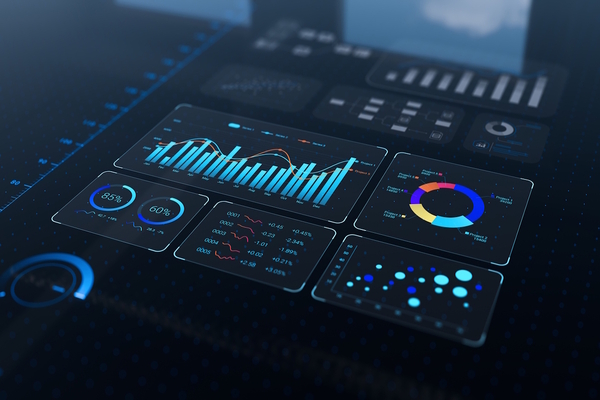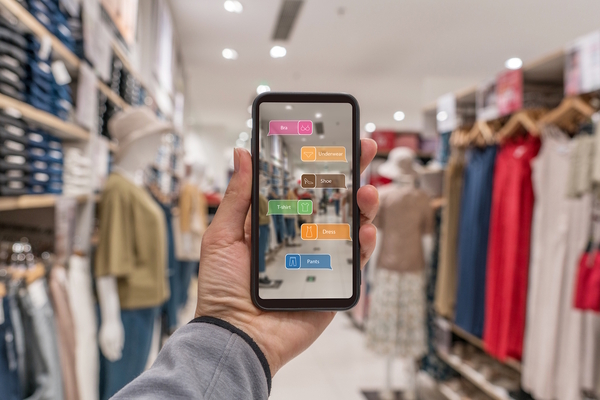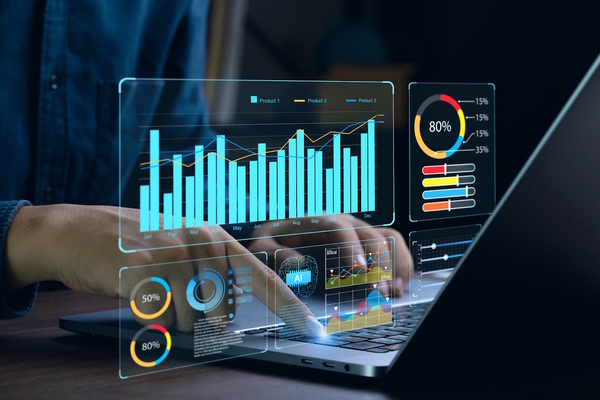Tech steps towards a better ESG performance

Making real progress on ESG goals is a huge challenge for businesses – as is effectively demonstrating this progress to stakeholders and regulators. Ana Paula Assis at IBM EMEA, explains why now is the time to act.
Over the last five years, we have seen thousands of companies announce their net zero by 2050 pledge, guided by the UN Paris Agreement. Yet as scrutiny from customers, industry bodies and stakeholders intensifies, it has become clear that the rhetoric and commitments from businesses are not always reflected in action.
This disparity was illustrated in a recent IBM study that found four out of five CEOs expect sustainability-related investments will improve business results over the next five years, yet only 23% are fully implementing sustainability strategies across their organisations today. 44% cited lack of data insights as a key challenge to achieving sustainability objectives.
Operationalising sustainability goals is imperative for all business leaders who are serious about meeting their pledges. Creating data-led ESG frameworks not only sets the path for a clear journey to progress, but unlocks the potential of technology like AI, machine learning and hybrid cloud, which can be harnessed to demonstrate this progress.
Laying the data foundation
Meeting the needs of energy saving, security, regulatory compliance and cost savings requires a consideration of processes across the entire enterprise. And technology has an important role to play here, not only helping organisations embed ESG goals into daily operations, but also infusing data with AI-driven actionable insights, in order to make huge strides towards becoming more resilient.
Of course, the types of data that companies need to understand and report on regarding sustainability initiatives remains highly fragmented and often difficult for different parties to access. ESG platforms enable efficient monitoring of things like energy demand, consumption and emissions by capturing data from utility bills, interval meters and renewable assets. Combine this with weather and facility information, you can establish a granular data foundation for use with enterprise asset management software.
Each sector has its own unique challenges, and by operationalising data, companies can achieve an accurate view of their goals, meaning they can tailor their technology solutions to tackle specific areas of concern. Take for example Downer, who are searching for opportunities to cut the energy use of its rail fleet in Australia and New Zealand. By better understanding which rail systems are using the most energy, and how they need to respond throughout the day as the weather and passenger demands change, they can optimize use and provide better outcomes for everyone.
AI and supply chains
It is not just the operations of individual businesses under scrutiny; there’s an increasing demand for supply chains to be transformed too.
Global disruptions and economic headwinds have revealed chronic vulnerabilities in the current supply chains. Lack of transparency paired with inefficiencies are fragmenting decision making and increasing costs and delays, which in turns generates excess waste and higher carbon emissions.
Solving this issue should be high on the agenda – and AI solutions can help tackle them. Using intelligent workflows and automation tools will combat operational roadblocks, improving things like inventory visibility, disparate systems, compliance and the capability to deal with sudden surges in demand. This will enable more transparent and traceable supply chains, reducing lower inventory levels, waste and emissions.
Green IT
Technology is proving to be an integral part of any ESG framework, but we must remember that it also has an environmental footprint of its own. The International Energy Agency estimates that data centres and data transmission account for 0.9% of energy-related greenhouse gas emissions. Every single element of modern technology carries a carbon price tag and the aim of Green IT is to reduce this.
One of the biggest challenges to advancing Green IT is simply the lack of awareness. The industry has developed to prioritise faster systems over those with lower energy consumption – and now businesses are tasked with reducing their carbon output whilst remaining competitive.
The good news is we already know that improving efficiencies and reducing carbon output is attainable. Due to advances in efficiency solutions such as hybrid cloud, the number of terawatt hours consumed by computing has stayed relatively consistent over the last decade, despite the growth of the sector in this period. These technologies will now allow us to go one step further and start to reduce the carbon outputs of IT systems.
Progress in Green IT requires management of both software and hardware. Data centres, server rooms and data storage areas have scope to run far more efficiently than they currently do. Setting up hot and cold aisles is an important step towards greener computing as it reduces energy consumption and optimises heating, ventilation and cooling. Combining this with automated systems designed to control temperature means emissions are lowered even further.
Modernising IT infrastructure is another achievable step towards achieving energy efficiencies and carbon output reduction. We can see this in practice. For example, BBVA achieved a 50% reduction in CO2 emissions and energy consumption in its data centre processors by installing new central processing equipment, making a significant contribution to the overall ESG goals of the business.
Data driven approach
At a time when business leaders are grappling with competing priorities in an uncertain economic climate, building a company-led data-driven ESG framework can feel like a long and complex task.
But ambition and intention are no longer enough. A data-driven approach paired with Green IT practices not only provides tangible progress towards ESG goals and carbon reduction, but it also serves to modernise outdated operations and create efficiencies through the industry. The benefits are unparalleled and business leaders cannot afford to press pause for any longer.
Ana Paula Assis is General Manager and Chair, IBM EMEA
Main image courtesy of iStockhoto.com

Business Reporter Team
You may also like
Most Viewed
Winston House, 3rd Floor, Units 306-309, 2-4 Dollis Park, London, N3 1HF
23-29 Hendon Lane, London, N3 1RT
020 8349 4363
© 2025, Lyonsdown Limited. Business Reporter® is a registered trademark of Lyonsdown Ltd. VAT registration number: 830519543





